Sensata Technologies is offering creating valuable business insights. Ashish Bhatia goes through the sensor-rich portfolio built on sensing changes in customer requirements.
Sensata Technologies has sensed the change in the mobility landscape and with it the evolving needs of its customers. With the Original Equipment Manufacturers (OEMs) offering cleaner transport solutions, the powertrains and auxiliary systems have advanced technology at the core. The company, known for its pressure and temperature sensors has diversified into a new line of products for the emerging shift to emobility. With the transition from Bharat Stage IV (BSIV) to Bharat Stage VI (BSVI) and the belief that Internal Combustion Engines (ICE) will continue to coexist, the company has aligned business to meet requirements pertaining to the high penetration of electronic content per vehicle. The company made a significant contribution to this transition with its pressure and temperature sensors deemed crucial to the emission norms compliance of BSVI.
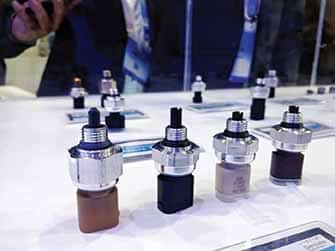
 The company takes pride in being the first to localise BSVI sensors under the ‘Make In India’ initiative, out of Pune, with an 80 per cent market share. The electronic content per vehicle has grown to an estimated 14-15 per cent with 17-20 small and big ECUs thrown into the mix. The increase of electronic content in ICE will continue to grow at drastic levels too. To monitor these systems and relay accurate data pointers for insightful analytic, a lot rests on the sensors that capture these. The global industrial technology company is banking on a broad portfolio of sensors, electrical protection components and sensor-rich solutions. It is helping customers in turn, to address increasingly complex engineering and operating performance requirements as per Satish Borole, Director of Sales at the company.
The company takes pride in being the first to localise BSVI sensors under the ‘Make In India’ initiative, out of Pune, with an 80 per cent market share. The electronic content per vehicle has grown to an estimated 14-15 per cent with 17-20 small and big ECUs thrown into the mix. The increase of electronic content in ICE will continue to grow at drastic levels too. To monitor these systems and relay accurate data pointers for insightful analytic, a lot rests on the sensors that capture these. The global industrial technology company is banking on a broad portfolio of sensors, electrical protection components and sensor-rich solutions. It is helping customers in turn, to address increasingly complex engineering and operating performance requirements as per Satish Borole, Director of Sales at the company.
The company, in its maiden appearance at the Auto Expo 2023 – The Components Show, showcased a broad portfolio to meet the needs of customers across automotive, heavy vehicle off-road besides in the industrial, and aerospace sectors. With 21,000 employees and global operations in 13 countries backing its goals and aspirations, the company drew attention to its capabilities as a sensor and electrical protection solutions supplier for Electric Vehicles (EVs). This included innovative exhibits to support electrification. The company displayed a broad range of “mission-critical” sensors and electrical protection solutions. Backed by a high level of quality, service, and technical support the company has a solid foundation with OEMs. Averred Borole, “Sensata is already an OEM’s preferred choice for mission-critical sensors for ICE based platforms on its global product expertise and local support. The growing demand and government regulations in India’s automotive industry present a huge opportunity for Sensata, especially with the focus on shifting to EVs to curb emissions.” “We are well-poised to help OEMs meet stringent electrical protection, motor, and battery management requirements for their EVs with our innovative and value-added solutions,” he said.
With claims of over 50 Sensata devices and systems found in automotive and heavy-duty vehicles respectively worldwide, the company, as per Borole, is integral to supporting electrification and, in the engine, exhaust, transmission, cabin comfort, chassis, tyre pressure monitoring, and safety applications. The company is striving for a high degree of localisation as among the first, for instance in the sensors used for the after treatment systems. The company also showcased a digital-based sensor. The delta pressure sensors used across SCR are used for flow measurement. The company also exhibited sensors for HVAC applications. To cater to the growing gasification, the company has developed sensors for CNG, Hydrogen (~500-600 bar pressure) and CRDi sensors, the latter expected to be an emerging trend. The mandatory requirement of the oil pressure sensor is also being met. In addition to providing for CVT, the company is also a single source for AMT applications. It also meets the requirements for braking applications. The company has also prepared for the upcoming Trem V legislation to be rolled out in 2024-25.
The company, under a new division, looks at the assimilation of fleet data and is responsible for monitoring the health of the vehicle. Be it data from tyres, exhaust and engine besides safety. The captured data is synced to the cloud for an in-depth analysis. It paves the way for fleet managers to enhance their efficiencies. At the fleet level, the company has put in place a subscription model. At the OEM level, the company also offers standard fitments. To ensure high sensor uptime, the company is banking on a “fit and forget” approach backed by globally-proven quality. The company has put in place a technology road map and checks in line to tackle any unprecedented developments to ensure unhindered growth. ACI
Also read, Schaeffer India launches TruPower Two-Wheeler Batteries


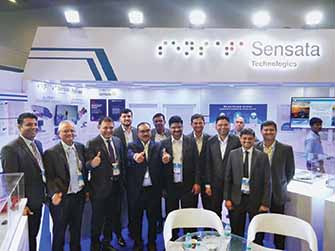

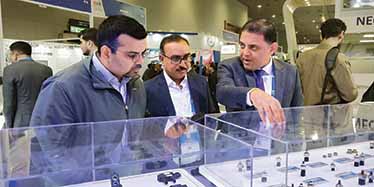





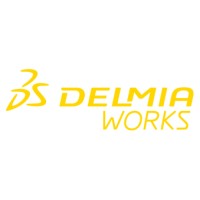


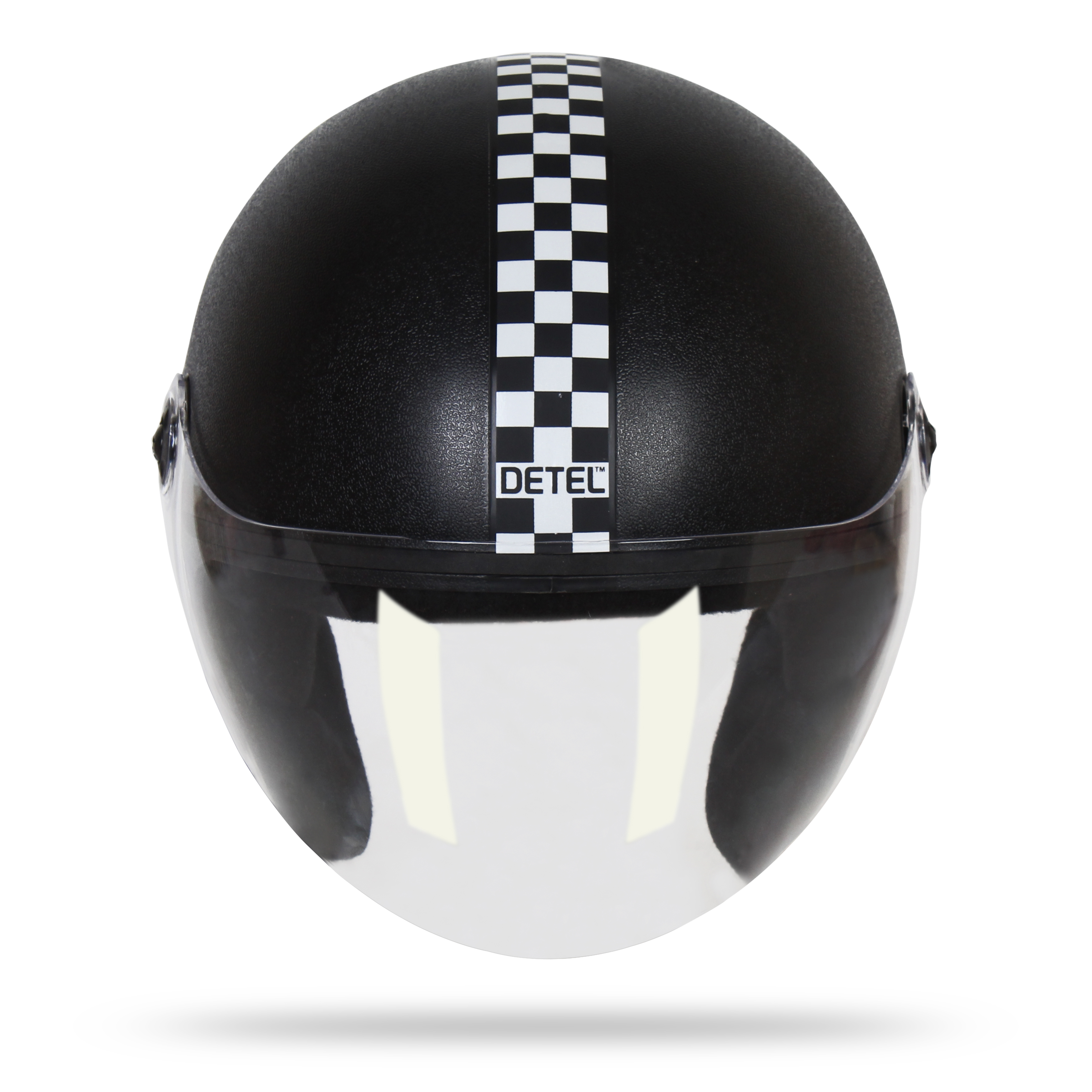




Leave a Reply